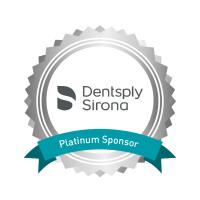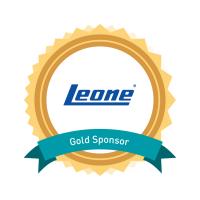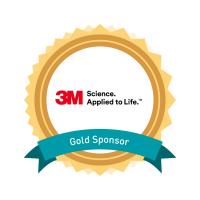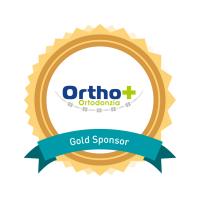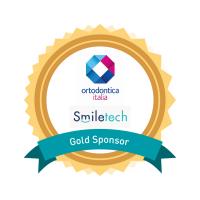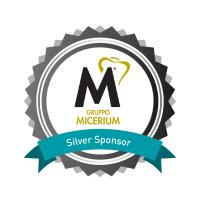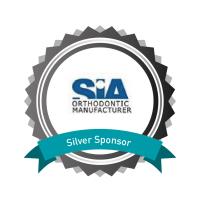Abstract
Pros and Cons of the Full Digital Workflow hype for TAD-supported appliances
by Wilmes Benedict
In recent years, the orthodontic specialty continues to make significant advances with the development and incorporation of various digital technologies including custom fabrication of CAD-CAM insertion guides and 3D printing of metallic mini-implant supported appliances. For the digital workflow, several software platforms are available from virtual mini-implant insertion to the design of the CAD-CAM appliances. Digital sliders can be designed using virtual abutments, rails, connectors, sliding tubes and shells. To complete the digital workflow, insertion guides are designed to contain the information of mini-implant insertion site, angulation and insertion depths. The final parts (Slider framework, molar shells, sliding tube, insertion guide) are exported and materialised using modern 3D-printing techniques. For production of the metallic components selective laser melting is used. The insertion guide is printed using stereolithography and biocompatible resin. These CAD-CAM procedures can be used not just applied for palatal sliders, but also for numerous variations of maxillary anchorage devices, e.g. maxillary expanders, such as the Hybrid Hyrax or the Quadexpander. The objective of this lecture is to illustrate advantages but also problems of the digital process for the use of mini-implants and miniplates
Learning Objectives
After this lecture, you will be able to .
After this lecture, you will be able to .
After this lecture, you will be able to .






